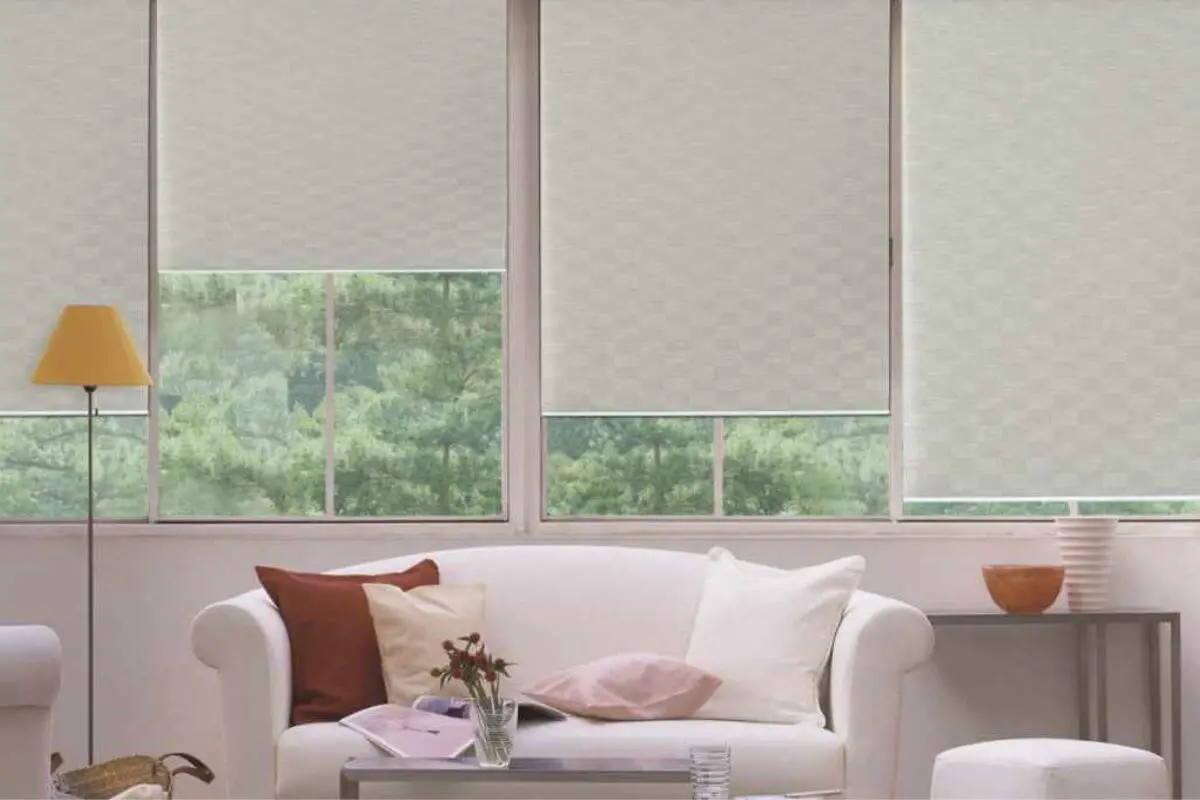Solar shades are a popular window treatment choice, known for their ability to filter sunlight while preserving outdoor views and privacy. When it comes to solar shades, one critical factor to consider is the level of “openness,” which determines the amount of light and visibility they provide. In this article, we will compare Solar Shades with Openness 3 and Openness 5, helping you make an informed decision about which option suits your needs and preferences for window coverings.
Introduction
Solar shades are designed to strike a balance between controlling sunlight and maintaining your view of the outdoors. Openness is a crucial factor in achieving this balance, and it’s typically represented as a percentage – the higher the number, the more open the weave.
Understanding Openness
Openness, expressed as a percentage, indicates the amount of space within the fabric weave. For instance, Solar Shades with Openness 3 have a 3% open weave, while Openness 5 has a 5% open weave. This percentage directly affects the amount of light that enters the room and the degree of visibility from both sides of the shades.
Solar Shades with Openness 3
Light and Visibility
Solar Shades with Openness 3 have a tighter weave, blocking more sunlight and providing enhanced privacy. While they still allow natural light to filter through, it is diffused, reducing glare and UV rays. This option is ideal for spaces where you desire a significant reduction in brightness while maintaining some outdoor view.
Privacy
With Openness 3, privacy is noticeably improved, making them suitable for bedrooms, bathrooms, and living areas where you want to limit the view from the outside while still enjoying some natural light.
Energy Efficiency
Solar Shades with Openness 3 are more energy-efficient compared to higher openness levels, as they block more sunlight, helping to reduce cooling costs in hot climates and protecting furniture from UV damage.
Solar Shades with Openness 5
Light and Visibility
Solar Shades with Openness 5 have a slightly more open weave, allowing more natural light to enter the room. While they reduce glare and UV exposure, they offer better visibility to the outside. This option is excellent for spaces where you want to maintain a connection with the outdoors while controlling sunlight.

Privacy
Openness 5 shades provide less privacy compared to Openness 3. They are suitable for areas where privacy is not a primary concern, such as living rooms and offices.
Energy Efficiency
While not as energy-efficient as Openness 3, Solar Shades with Openness 5 still offer some UV protection and glare reduction. They can be a good compromise between natural light and energy savings.
Choosing the Right Solar Shades
The choice between Solar Shades with Openness 3 and Openness 5 depends on your specific needs and the room’s purpose. Consider factors like the room’s orientation, the desired level of natural light, and the need for privacy when making your decision.
Installation and Maintenance
Both types of solar shades are relatively easy to install and maintain. Regular cleaning with a soft cloth or a gentle vacuum cleaner attachment can help keep them looking their best.
Conclusion
In the Solar Shades Openness 3 vs. 5 debate, the decision boils down to your priorities – do you value more privacy, UV protection, and energy efficiency (Openness 3), or do you prefer a balance of natural light and outdoor visibility (Openness 5)? By considering your specific requirements, you can make an informed choice that enhances both the aesthetics and functionality of your living spaces.
FAQs
1. Can I install Solar Shades with Openness 3 or 5 in any room?
Yes, you can install them in most rooms, but the choice depends on the level of privacy and light control you desire.
2. Do Solar Shades with Openness 3 or 5 come in different colors and designs?
Yes, they are available in various colors and designs to complement your interior decor.
3. Are Solar Shades with higher openness levels suitable for offices and commercial spaces?
Yes, Solar Shades with higher openness levels like Openness 5 are often chosen for office spaces where maintaining a connection with the outdoors is preferred.
4. Can I combine both Openness 3 and 5 shades in my home?
Certainly, you can mix and match Solar Shades with different openness levels to suit each room’s specific requirements.
5. Are Solar Shades with higher openness levels more expensive?
The cost of Solar Shades can vary depending on factors like material, size, and brand, but generally, higher openness levels do not significantly impact the price difference.
6. Are Solar Shades with Openness 3 and 5 suitable for large windows or sliding glass doors?
Yes, both options can be customized to fit large windows and sliding glass doors. They are a popular choice for such openings due to their ability to control light and maintain privacy.
7. Can I use Solar Shades with Openness 3 or 5 in humid environments, like bathrooms?
Yes, Solar Shades are designed to withstand humidity, but it’s essential to choose the right material for humid spaces to prevent mold or mildew growth. Consult with a window treatment specialist for the best options.
8. Are there motorized options for Solar Shades with Openness 3 and 5?
Yes, many Solar Shade models offer motorized options for added convenience. You can control them with a remote or even integrate them into smart home systems.
9. Do Solar Shades with Openness 3 or 5 provide any UV protection for furniture and flooring?
Yes, both options provide UV protection, but Solar Shades with Openness 3 offer better protection due to their tighter weave. They can help prevent furniture and flooring from fading over time.
10. Can I install Solar Shades with Openness 3 or 5 on the exterior of my windows?
While Solar Shades are primarily designed for interior use, there are outdoor versions available for exterior applications, offering similar benefits for sun control.
11. Do Solar Shades with Openness 3 and 5 come with warranties?
Yes, most reputable manufacturers offer warranties on their Solar Shades. The length and terms of the warranty can vary, so be sure to check with the manufacturer or retailer.
12. Are there options for additional light-blocking features, such as blackout liners, for Solar Shades with Openness 3 and 5?
Yes, you can often choose to add blackout liners to Solar Shades to enhance light control and privacy further, especially if you desire complete darkness in a room.
13. Can I clean Solar Shades with Openness 3 or 5 with water and mild soap?
Yes, using a mixture of mild soap and water is a suitable method for cleaning Solar Shades. Be sure to follow the manufacturer’s cleaning instructions for best results.
14. How do I measure my windows for Solar Shades with Openness 3 or 5?
To ensure a proper fit, measure the width and height of your windows or openings and consult with a window treatment specialist for guidance on precise measurements.
15. Can Solar Shades help reduce energy costs in my home?
Yes, Solar Shades with Openness 3 and 5 can help reduce energy costs by blocking out a portion of the sun’s heat and glare, leading to less reliance on cooling systems during hot weather.
With these additional FAQs, you’ll have a more comprehensive understanding of Solar Shades with Openness 3 and 5, helping you make an informed decision when selecting window treatments for your space.



